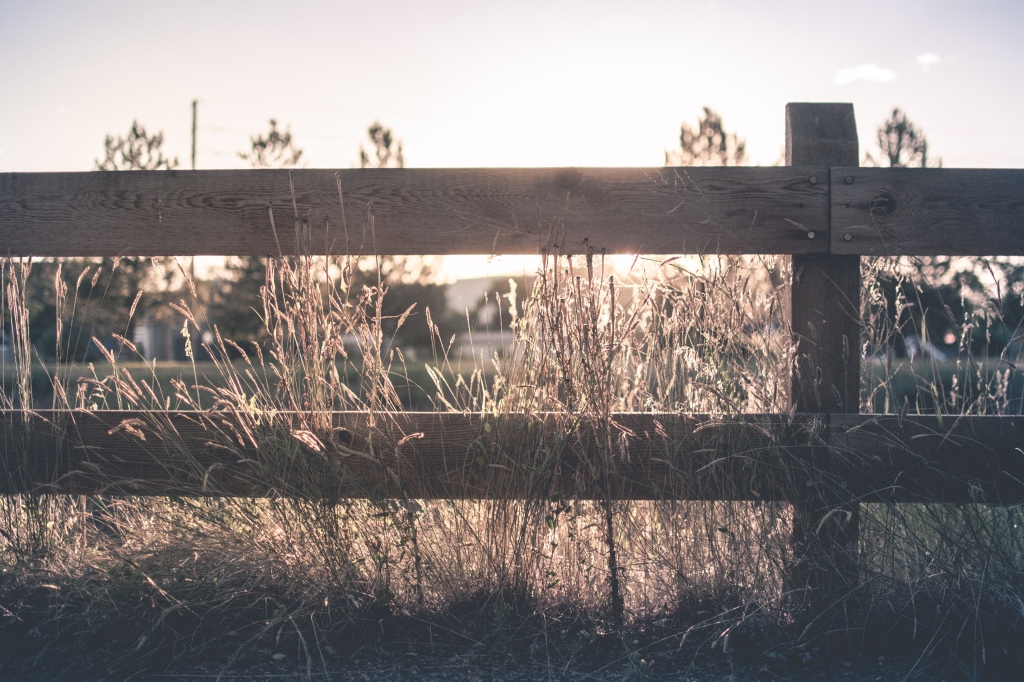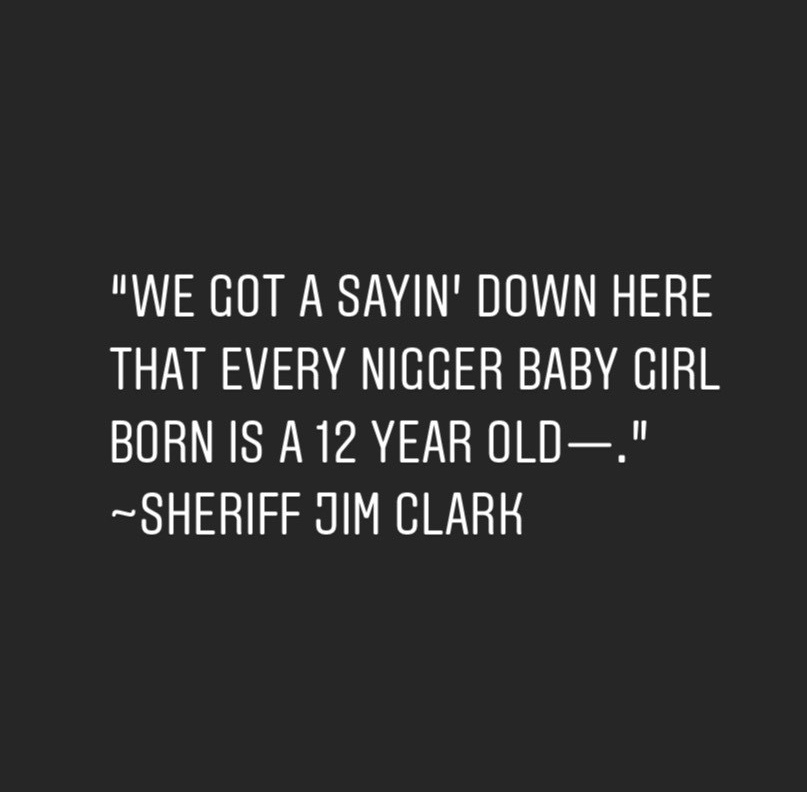A brief analysis on the themes of race and sexual assault in my book, May

A lot of times I am asked about my inspirations and what kind of things lead me to write the stories that I write. Usually I have a lot of trouble answering those questions because to me, my stories come from such a natural place in me that it’s hard for me to find their roots.
That being said, after dissecting my novel, May and my short story, Elizabeth , I have been able to identify a couple of things that played a part in how I addressed a few things in those stories.
**Before you continue reading, I find it necessary to warn you that this blog post will include mention of sexual assault and racial violence. It is not my intent to upset anyone, and there will be no graphic details, but I felt the theme itself might require a warning.**
***Also, this blog post contains a few spoilers. Not too many details, but if you don’t want to know anything before you…know anything about May or Elizabeth, then please bookmark this discussion for a later date.***

In both my short story and my novel, one of the dark themes that hangs over the heads of some of my characters is the threat of sexual assault. While creating their story I obviously decided this would be a part of it, but my motivations behind doing so have become clearer to me lately. The fact is, it is a theme that honestly seems inescapable when thinking about the human experience.
When I was a little kid, around 8 or 9, one of my favorite movies to watch was For Us The Living. It was a made for TV film about the life of, and ultimately the assasination of civil right’s activist, Medgar Evers. The film was set in the 1950’s and 60’s in Mississippi.
There was one scene where Evers’ father & mother-in-law are stopped and harassed by a mob of young white men. Some of the men roughed his father-in-law up and pushed him around. Meanwhile, another man ripped open his mother-in-law’s dress. I don’t remember the things that were said in that scene but the intent to further assault her was clear.
Luckily, Medgar shows up just in time and chases them off. Later that night after they return home , his mother-in-law has a quiet conversation with her daughter (his wife), Myrlie. I remember that conversation. I don’t remember it in verbatim, but I remember her telling her daughter that, rape is a part of life for many negro women. I remember her saying something to the affect of how it was something many negro women are fated to suffer through at the hands of white men. Not only that, but they try to leave their husbands out of it if they can. Because if their husbands tried to seek revenge against the white men, they would undoubtedly be killed. This conversation stuck with me.
As I grew older it became apparent to me that sexual assault was all too common for women, men, and children of all backgrounds. The stories and statistics were everywhere. It was in the music, the school orientations , the anecdotes, the 1:00 a.m. conversations…everywhere. No one is immune from the threat, and that became clear very early in life.
But it was a story in my Feminism & Philosophy class that shook me in a way I hadn’t expected. My teacher often told us stories shared by anonymous students before us. One day she shared a story that a Black woman shared about her grandmother. When the student’s grandmother was a child in the early 1900’s, a White man would come to the gate of her family’s property now and then and watch her and her sister play. Sometimes he’d speak to them. Finally one day he waited for their father to come out so he could speak with him
The White man asked their father how much he would sell his daughters for.The man actually had the nerve and the audacity to ask this man how much money he wanted in return for his children. Their father came back out with a shotgun and told him to never come back; and thankfully that was the end of it.
…But I couldn’t shake that thought. That White man was confident that all he had to do was pay a nice price, and he could have those little girls. But if we think about it, those girls represented three very vulnerable groups at that time.
BLACK FEMALE CHILDREN
If you think we as people are having a hard time getting the point across that Black Lives Matter now in 2020; then surely you can imagine how little they seemed to matter in the early 1900’s. Something similar can be said for women & girls. Again, sexual abuse is extremely common, and in the past it was less talked about, thereby making support minimal. As for children, I think we forget that labor laws, and protection agencies are fairly new in our history. So when you add all of those things together it sadly makes the story of the sisters less unbelievable.These are things that I learned and pondered for a long time, but only recently had I realized that they leaked into my writing.
My short story, Elizabeth and my book, May share two antagonists: a vile man by the name of WIllie, and a society that allows him to thrive. In some ways he is like that man at the fence. He doesn’t request to purchase anyone, but he is pretty confident that he can do what he wants and when he wants and it is the women around him who suffer for it.
At first glance Marianna, my main character, is somewhat immune to his threat and it is assumed that it is because of her whiteness. It is part of it, yes; and in Elizabeth, Elizabeth directly states that it is what saves her and she has a point, but it isn’t that simple. After all, violence against women of evey background has always been an issue. The fact that Marianna has given up the social comforts she was once offered in favor of becoming a servant and living amongst the Black people in the area actually could have put her in more danger. It is only the connections she managed to maintain that really keep her in a “safe” position.
Now that that is out of the way there are three specific Black female characters that are forced to deal with Willie and each woman reveals a different issue.
First there is Linda. Linda is mentioned in both stories, and her character is not seen much; but we know from her first appearance that she is a victim of Willie’s behavior. She is the reason the issue is even introduced. Willie calls her to accompany him back to a shed on the property and everyone knows what that means for her; and everyone is powerless to stop it. Most of their reactions are to just look away and keep moving. Whether it is through violent intimidation, the threat of losing work, or any other reason , they have been conditioned to accept this.
Then there is, Hannah. Hannah only appears in May, but her role is significant. Much like everyone else, she has accepted that if she is called to the shed or elsewhere by Willie, that there is nothing she can do to avoid it. However, Hannah decides if it’s going to happen anyway, then she shouldn’t have to “suffer”. Somehow she has cozied up to him and is able to receive gifts and favor from him. This creates some resentment from the other women around because she isn’t exactly humble about it; and while it is true she has found a way to make this work for her in some ways…It should also be acknowledged that she is still not in control of this situation. Even if she finds “enjoyment” in their encounters and even if she eagerly accepts his rewards in return for her compliance, it doesn’t matter. Willie was always going to do what he wanted to do
Lastly, there’s Elizabeth. Elizabeth is a child and unfortunately she does not get to simply be a child very often. She’s been working for years, and for a long time she’s been on her own. Now that she is getting “older” Willie has noticed her. She has already learned to turn her head when he calls for other women. To her, growing up includes the possibility of encountering this problem.
Much like the woman in For Us The Living , Elizabeth and the women have accepted the notion that they may be victim to their boss’s whim. They all have their own ways of dealing with it. But the truth is they are living in a society where they are not seen as people; and they are not protected by a fence and a shotgun wielding dad like those children from the story.
So one of the things that inspired a few of the darker themes in this story, is the fact that sexual assault, harrasment, and rape culture influence most of our lives more often than we think. Then if you combine that with the fact that my book is set in the 1930’s in some random small towns in Florida, the problem becomes even larger. Women barely matter. Children barely matter, and Black women and children matter a whole lot less to the white people in power around them. So when my MC, Marianna is struggling to understand how any of this can be possible, she has to realize…just like I had to realize that day in class…that in many ways black girls were born in danger.
Haven’t read Elizabeth or May yet ? Purchase as an ebook or paperback HERE
Want to read more about the history of race in the USA and the quote pictured earlier in the article ? Visit the Equal Justice Initiative .
